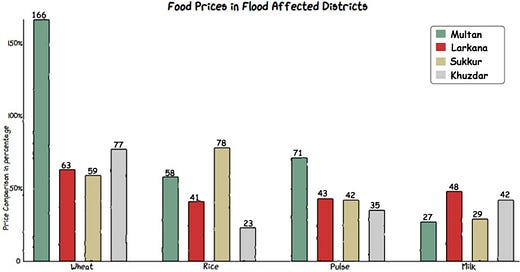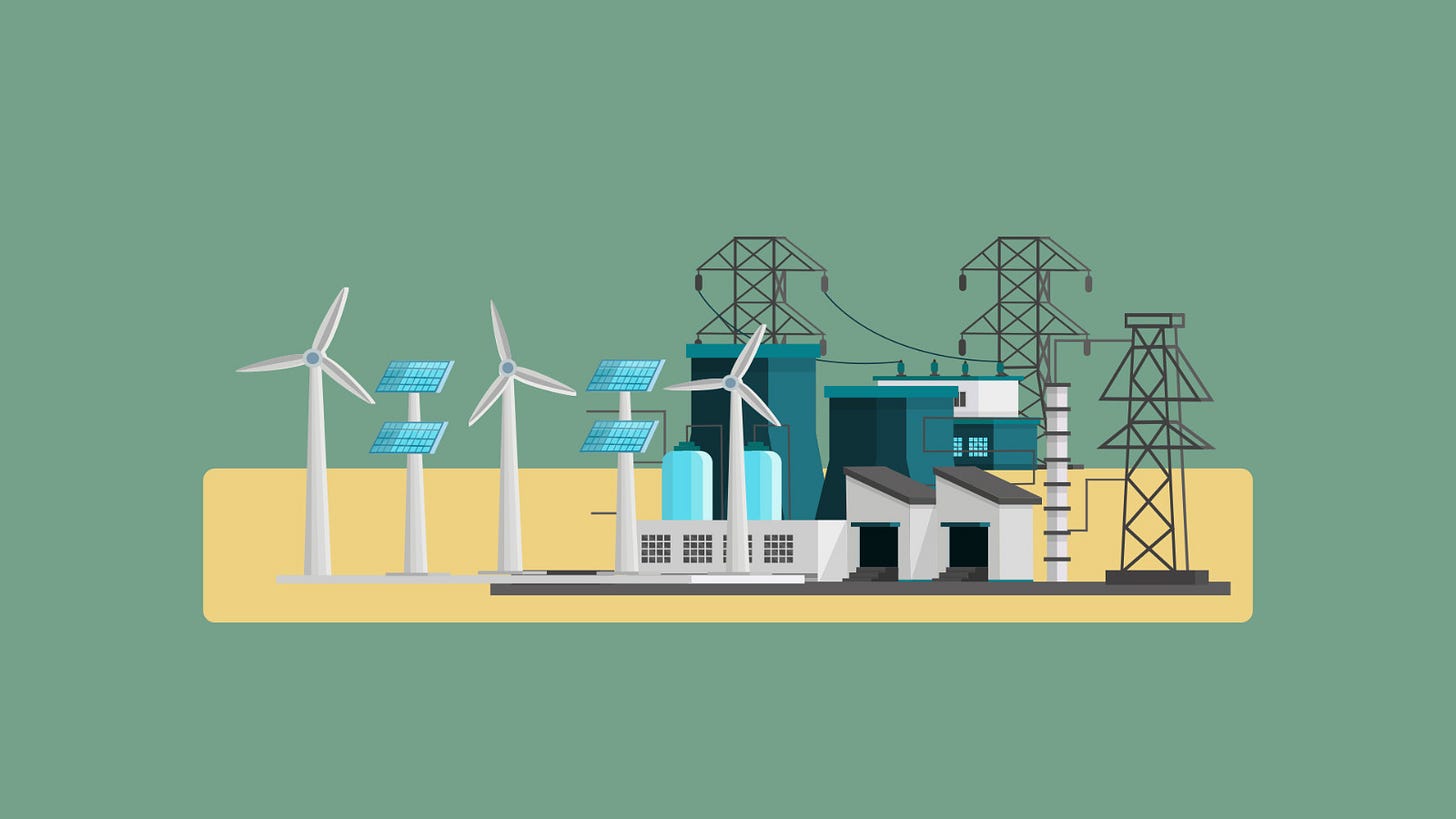Climate Resilience
Climate change may result in a significant 20% contraction of Pakistan's GDP, by 2050.

Around 12 million Pakistanis are projected to face food insecurity crises this year. Which means that they either experience significant food consumption gaps resulting acute malnutrition or can only manage by resorting to crisis-coping strategies. The trend in food insecurity has risen significantly since 2017, however, recent floods have added to the plight. Resultantly, Pakistan had to request $269.4 million for food security and agriculture, and$91 million for nutrition interventions. Pakistan has received various flood-related support in the past year, however, rehabilitation is slow.
This is part of a bigger problem i.e., climate change. Now ideally, Pakistan should not shoulder the entire burden of negative consequences. However, rising indifference from the West means more responsibility needs to be taken by Pakistan. Fortunately, Pakistan has released a National Adaptation Plan which encompasses agriculture, natural and human capital, and most importantly, gender, youth, and social inclusion.
With the impact of climate change, the production of crucial crops is expected to decline significantly, ranging from 14% to 50% as opposed to a scenario with no climate change. Similarly, due to the size of the agriculture sector it impacts 37.4% of the labor force. This directly impacts labor productivity. Estimates find that labor productivity during peak months has already experienced a 10% decrease, and it is anticipated that this decline could reach up to 20% by the year 2050, particularly under the highest emissions pathway.
The government has proposed adoption of hydrometeorological systems to pre-empt water level imbalances. Furthermore, attracting investment in this area is one of the key focuses of the Adaptation Plan. However, Pakistan needs access to global financing to be able to deal with the magnitude of the problem. So far, Pakistan has only been able to access USD 11 million through the Global Adaptation Fund over the last two decades. Other sources have been plenty, but not comparable to Pakistan’s need.
The National Adaptation Plan 2023 is a primary document that can surely push the country in the positive direction if implemented in its true spirit.
GRAPHIC
Pakistan’s Energy Enigma; A Historical Analysis
Pakistan's electricity demand is projected to increase by 19% from 2025-2030. Can Pakistan manage this growth?
Data Visualization & Marketing Partner: Brand Nib
Visit: https://macropakistani.com/advertise/
Improve brand awareness for your startup/business or amplify the reach of your ongoing marketing campaigns by promoting them on Macro Pakistani. We are doing/have done successful paid collaborations with:
Send an email to hello@macropakistani.com
About Us: Macro Pakistani is a data-driven research platform that aims to provide a basic understanding of Pakistan’s economy. If you have an interest in contemporary news but are currently overburdened with sensationalism and specialized vocabulary, we are the platform for you.
How are we doing? Please send us any questions, comments or suggestions by replying to this email.




